Every year from July to October, is red sihcuan pepper production new season. To ensure the quality of red sichuan pepper raw materials, RuShi send inspection teams to the production areas when different varieties were new. As the red sichuan pepper in different planting places of color, flavor, particle size are different, such as the Rushi from the red sihcuan pepper production area to examine all aspects of the analysis of the 2022 red sichuan pepper inspection report. (Data for the our team investigation statistics, for reference only)
Red sichuan pepper is a genus of pepper in the family Rutaceae, the dried fruit skin ranges from light red and orange to deep red and purple, with full grains.

Red sichuan pepper is widely grown in Sichuan, Gansu, Shaanxi, Henan, Shanxi, Chongqing, Yunnan and other places. The representative items are as follows:
It is mainly produced in Mao County, Wenchuan County and surrounding areas of Sichuan Province, which is a national geographical indication product of China. It's fruits shows crimson to vermilion, with two petals of oval shape, has an aromatic smell of lemon, and it tastes feel a rich and long-lasting numbness.
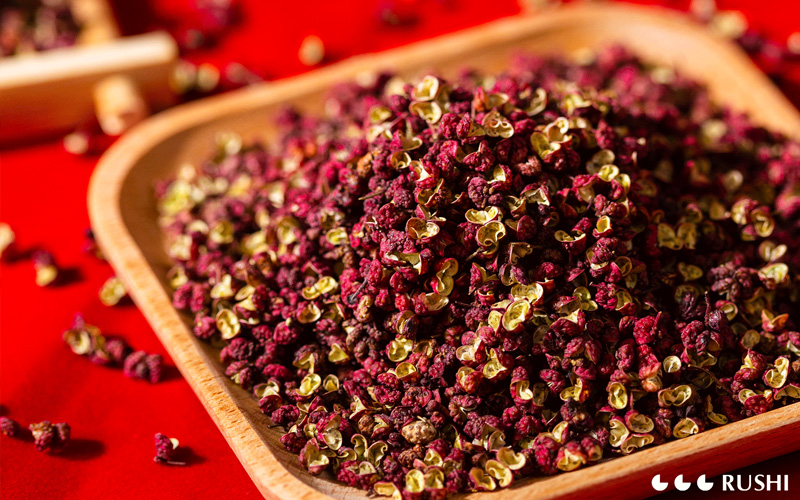
It is mainly produced in Sichuan Province, such as Yanyuan County, Hanyuan County. The peel of Sichuan pepper has color gradient, from fuchsia to maroon, and it has a great and long smell of orange, which has numb taste.
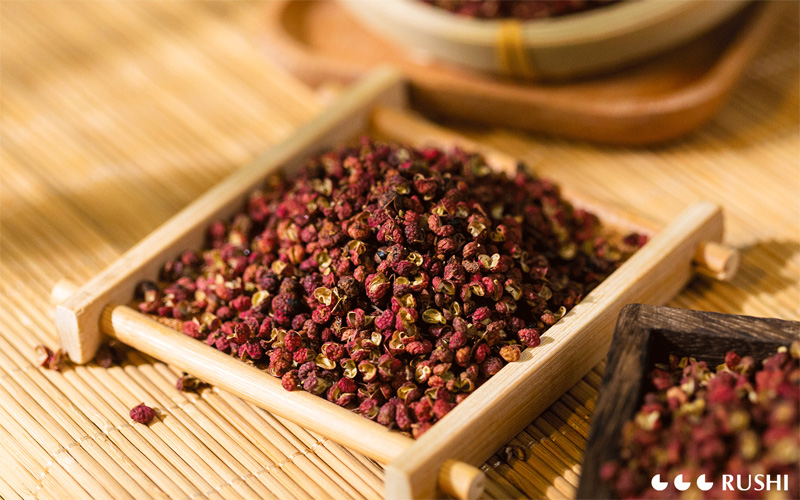
It's mainly produced in Hancheng, Weinan City of the Shaanxi Province, as a national geographical indication product of China. The peel of Hanchen Sichuan pepper is reddish-brown to light red, it smells rich and unique , and the numb degree of tasty is moderate.
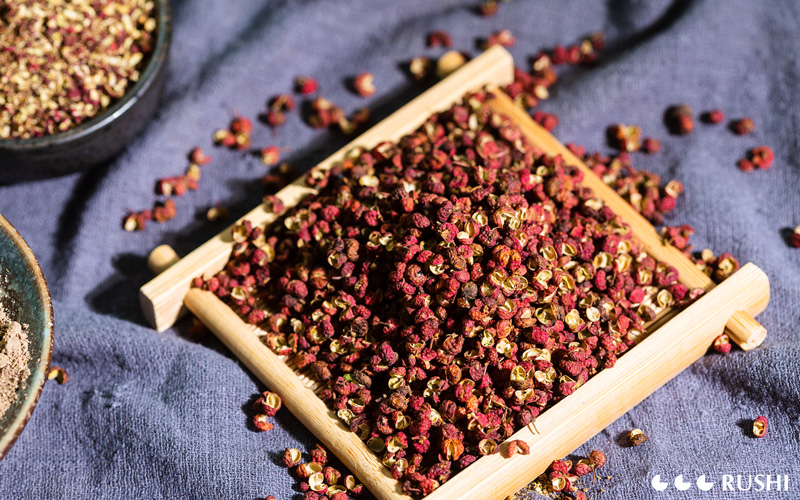
Sprouting period: about March-April sprouts and branches; flowering period: about April-May flowering and fertilization, ready for fruiting; fruiting period: about May-June fruiting; expansion period: about June-July fruit growth period; oil gland growth period: about early July fruit oil glands grow rapidly; harvesting period: about mid-July harvesting.
Red sichuan pepper because of the annual need to cut a large number of branches, trunk larger and more branches, according to the terrain planting spacing of 4 * 3.5m, 3.5 * 3m, etc., planting density of about 40-60 plants / mu.
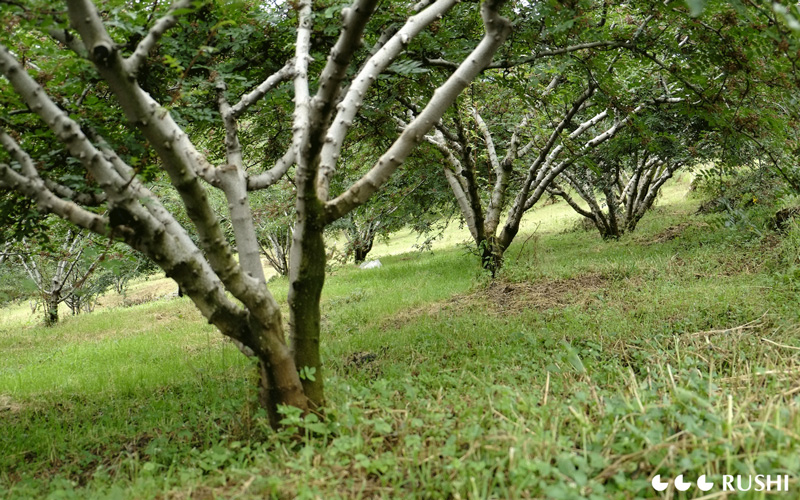
Red sichuan pepper planting mostly yellow soil or red soil, there are also some areas for sandy loam planting. Sichuan pepper in red clay soil, yellow clay soil and other soils are better planted on flat slopes, the need to build drainage ditches drainage, generally do not need irrigation. If planted on sloping land, planting depth is shallow and weak water retention capacity of the soil planting, need to be based on the weather conditions of sichuan pepper reasonable irrigation, irrigation 1-3 times / cycle, irrigation water sources such as mountain springs, tap water.
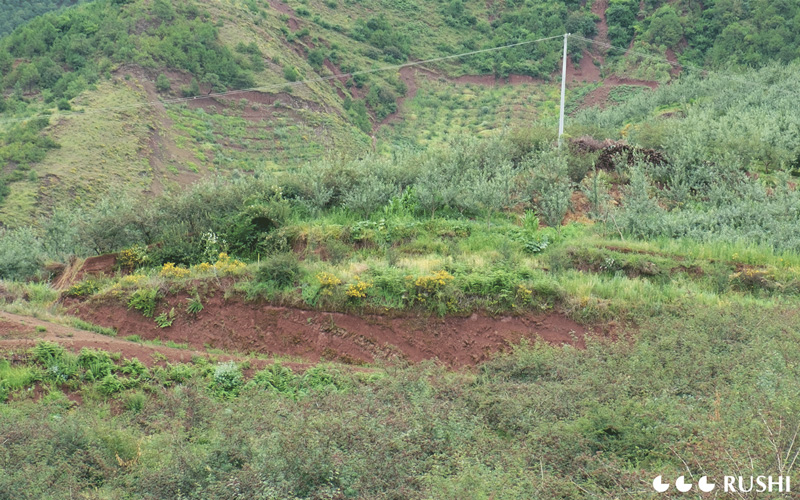
Due to geographical conditions, growth environment, their own varieties are different, each area of fertilization and medication brand types and times there are some differences. Red sichuan pepper fertilization is slightly higher than that of green sichuan pepper, about 1.5-3.5kg/plant. Higher altitude areas have fewer pest conditions and fewer pesticide applications, about 1-3 times/cycle. When the planting area is at a lower altitude, the number of pesticide sprays to control pests is higher, about 4-8 times/cycle.
Sichuan pepper to purely manual harvesting, if the sichuan pepper branch production is less, dry branches or branches longer years, harvesting will also be cut together with the sichuan pepper branches, and then manually on the branch sichuan pepper whole bunch of sichuan pepper picked or cut off.
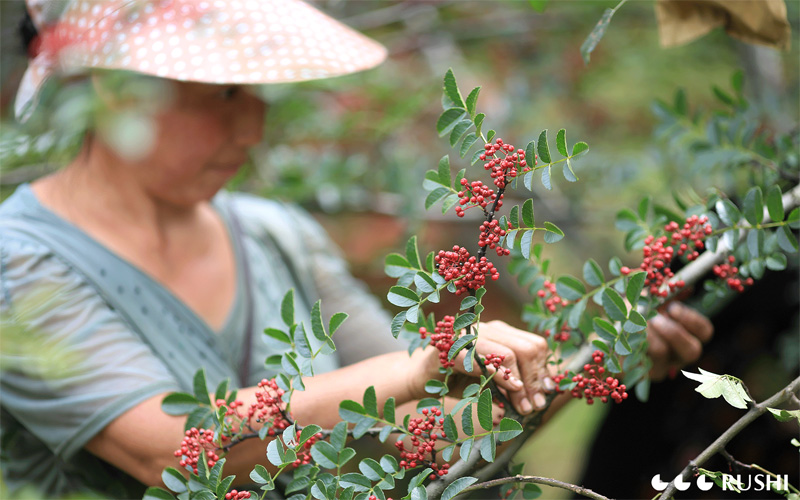
◭ Preliminary drying to remove water → Sun Drying → Primary sieving → Storage → Trading
Preliminary drying to remove water: Pick the sichuan pepper in the wind box for 2-3 hours, or first put in a cool, dry and ventilated place to dry, the next day for sun drying.
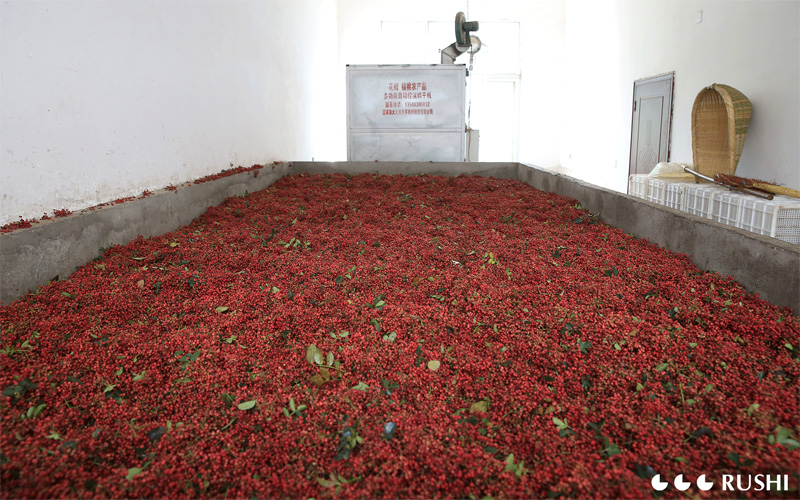
Sun Drying: After preliminary water removal, the sichuan pepper is dried on a sunny day on a flat surface or baked in an oven, with the baking method and time depending on the environment of each region.
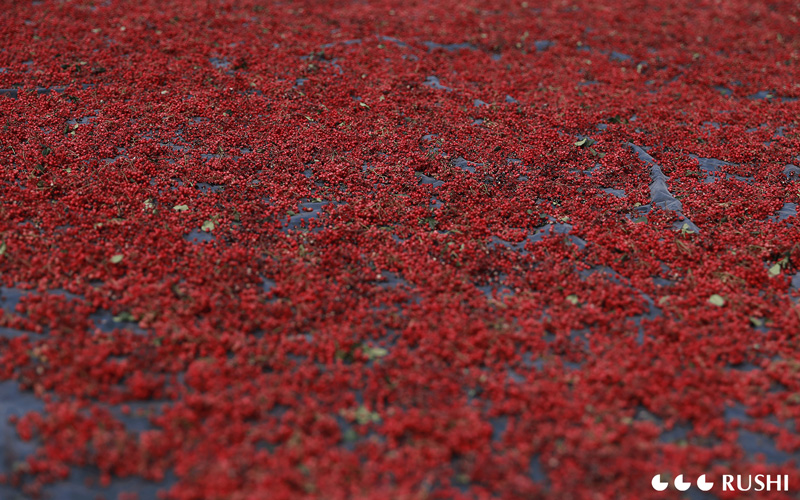
Preliminary screening: Use bamboo pieces to knock the dried sichuan pepper particles, so that the sichuan pepper seeds as far as possible off, with a sieve mesh sieve down the sichuan pepper seeds. Or the sichuan pepper particles directly into the sichuan pepper screening machine for preliminary screening to remove sichuan pepper leaves, branches, ash and other impurities.

Storage: The use of woven bags plus inner film bags for room temperature storage, but some areas of sichuan pepper farmers’ food safety awareness is relatively weak, will directly use woven bags to store sichuan pepper.

Trading: Sichuan pepper farmers or middlemen distribute sichuan pepper in woven bags according to sichuan pepper quality, color, etc., and sell them in sichuan pepper bazaars (towns), corresponding to factories or consumers.
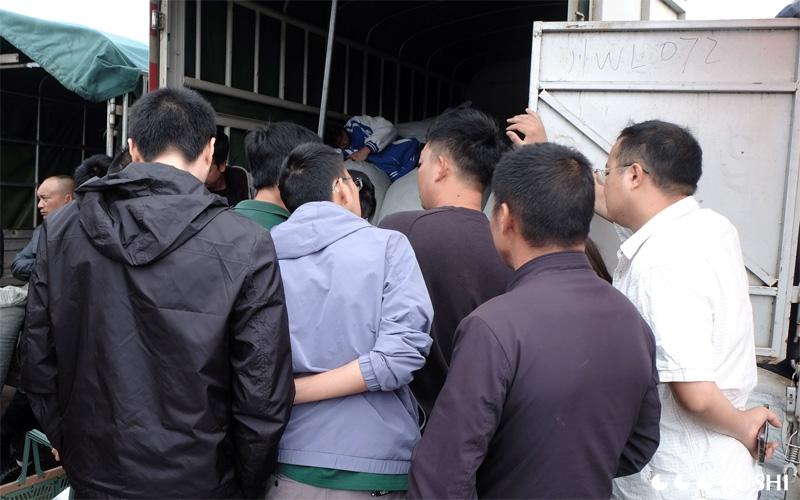
Traceability risk: The market sales model limits the traceability only to the source area of red sichuan pepper, and can’t be traced to each specific household, so there is untraceability risk.
Pesticide residues: Sichuan pepper in the planting process with pesticides to control pests and diseases, usually using a variety of pesticides such as carbendazim, chlorpyrifos, imidacloprid, etc., due to the different regions to apply different types of drugs. If there is a local base or agricultural station cooperation in the form of scientific management planting, the risk of pesticide residues will be greatly reduced.
Drying process risk: Coal baking is easy to make sichuan pepper in sulfur dioxide residues exceed the standard, and whether it is electric baking or coal baking, multiple baking on the stainless steel mesh tray will be residual sichuan pepper grease, long time high temperature heating will produce benzo(a)pyrene, etc., sun drying process will also be the risk of foreign body introduction.
Storage risk: Some farmers are not standardized storage, if long-term storage may lead to excessive plasticizer in sichuan pepper, if the purchase of timely replacement of packaging, may effectively reduce this risk.
